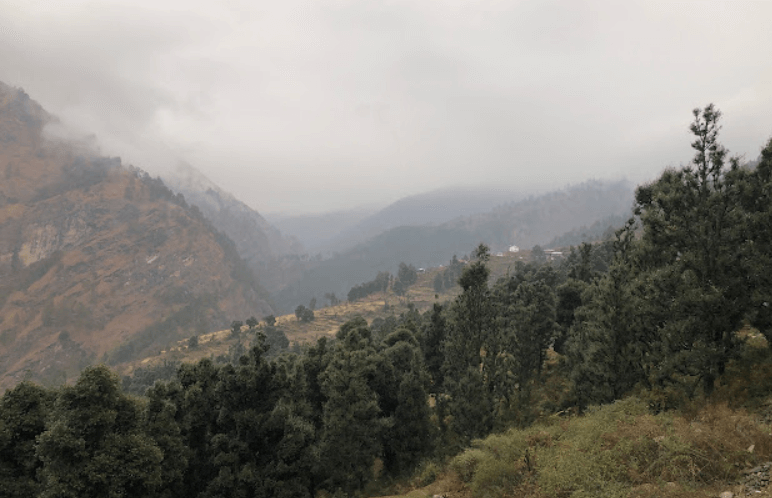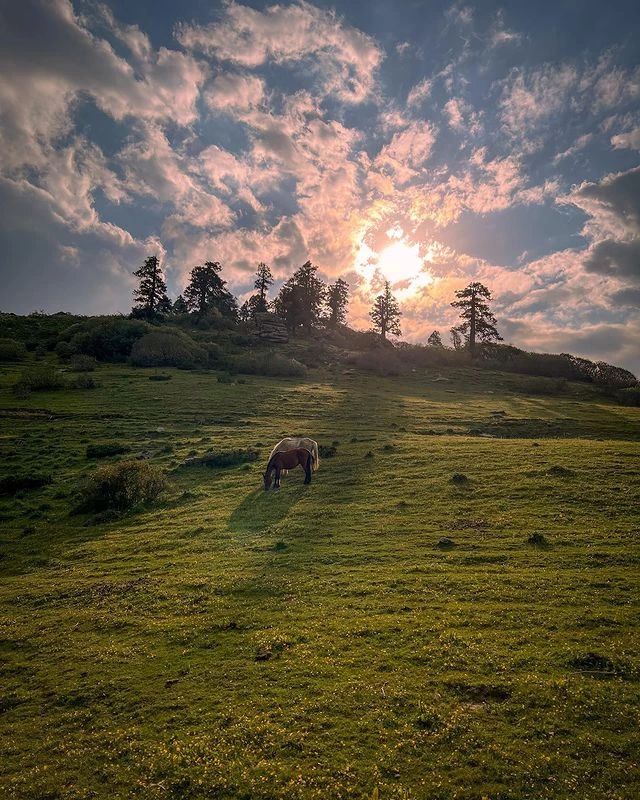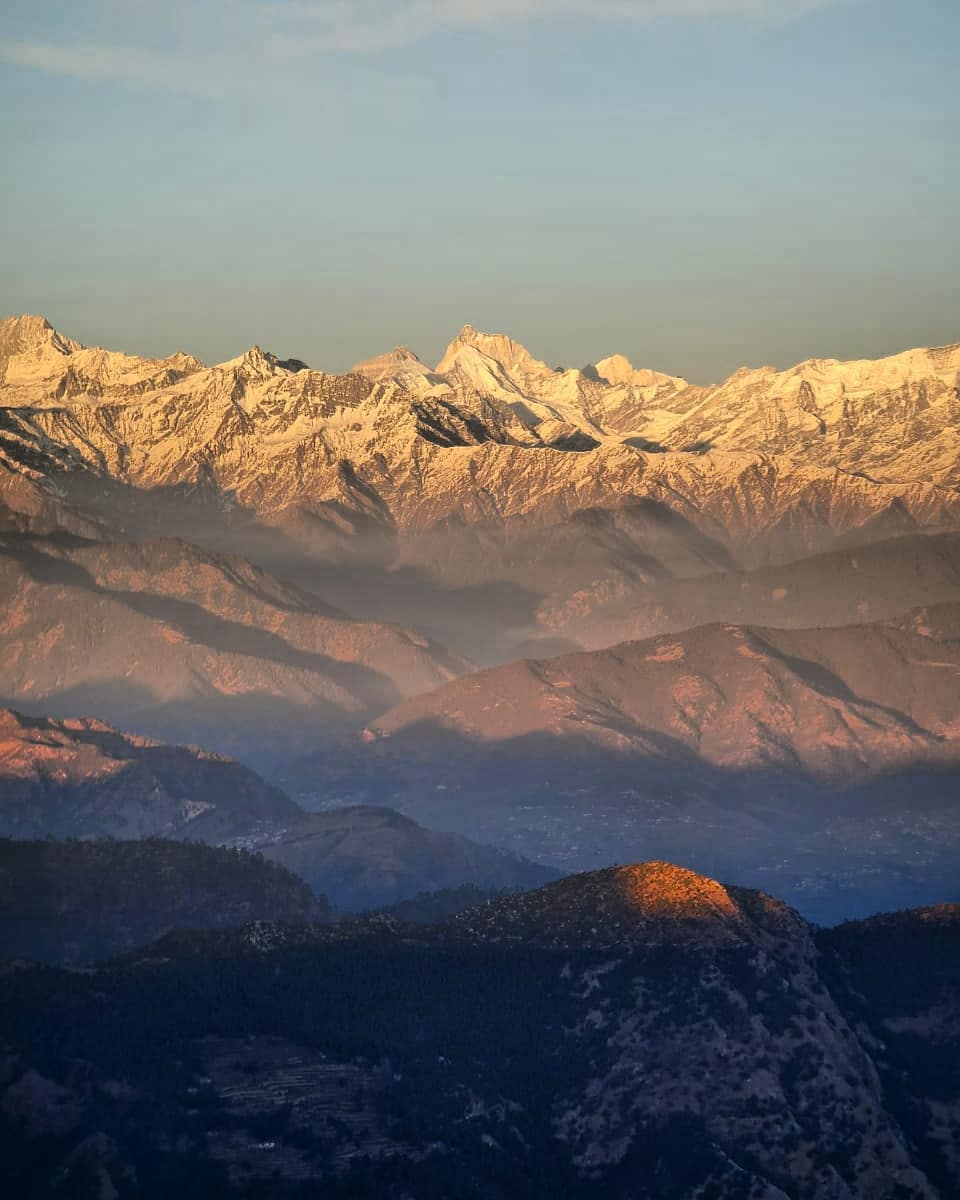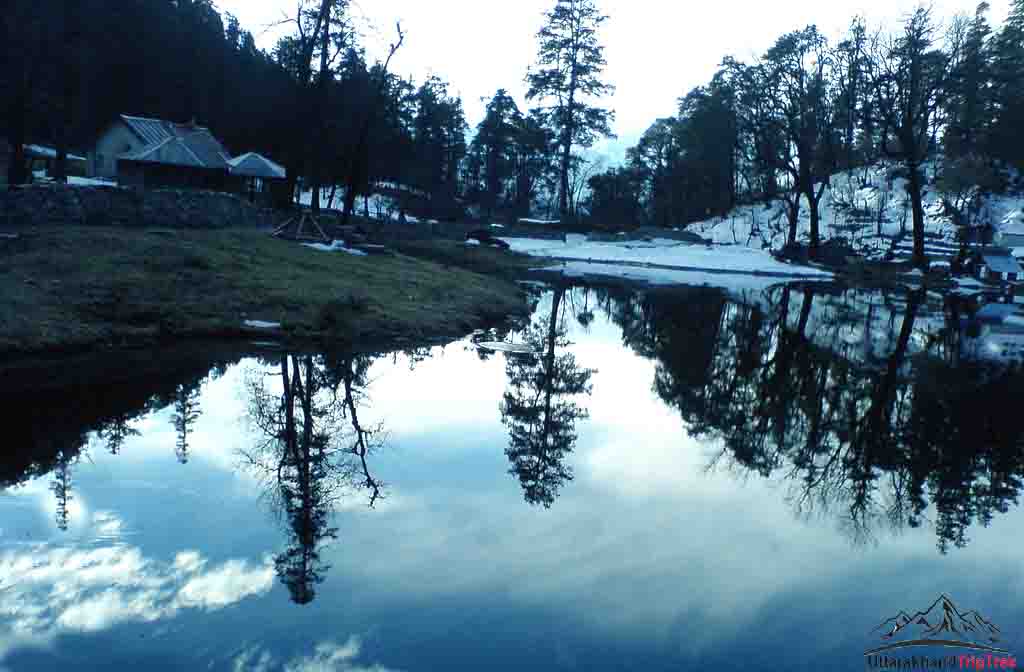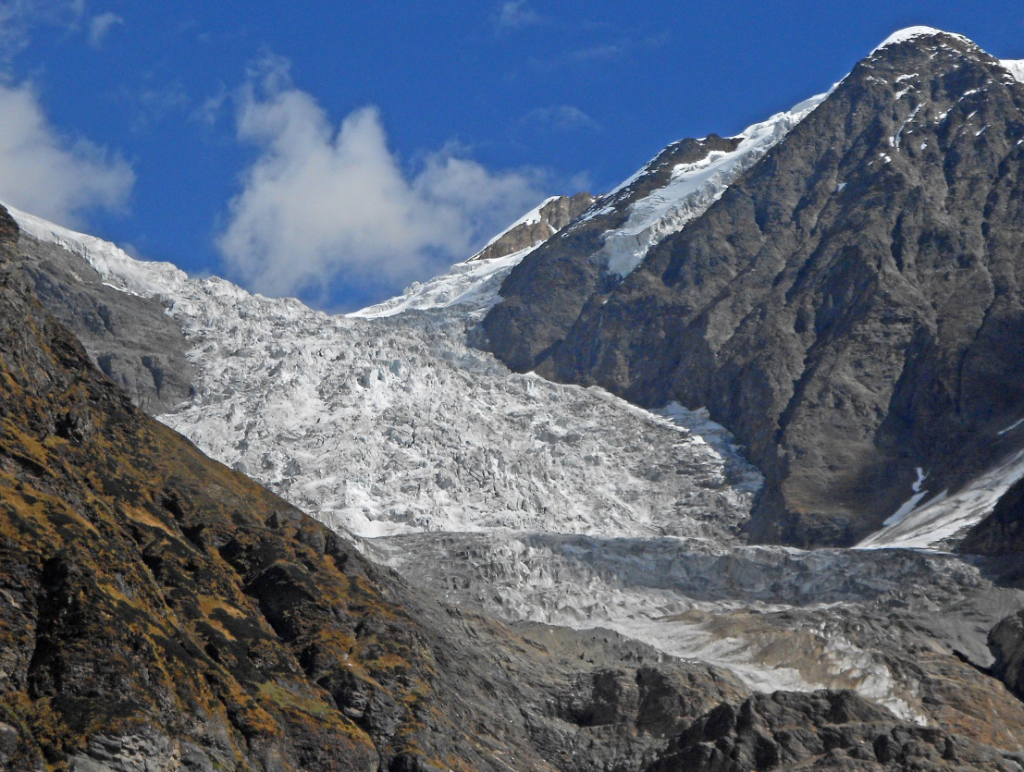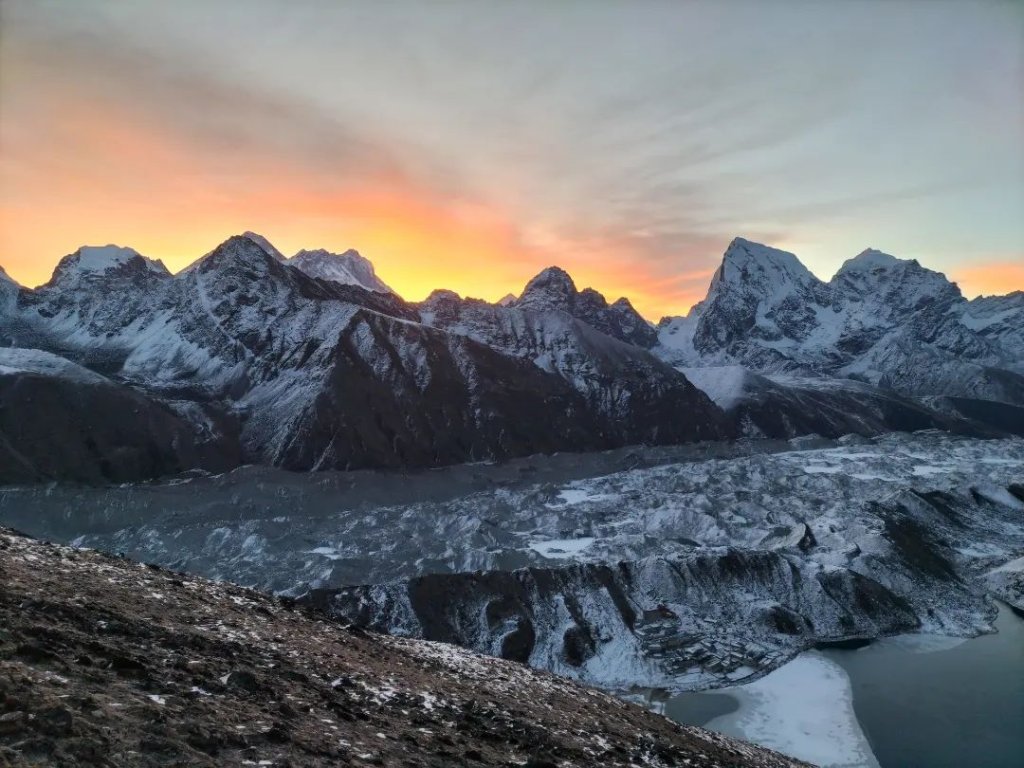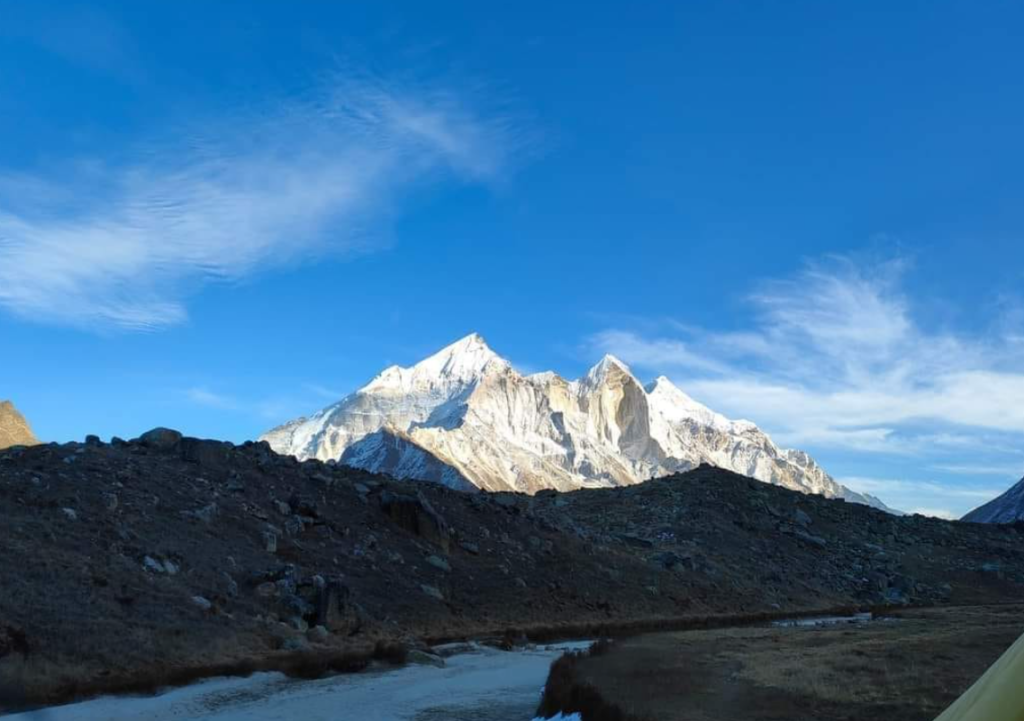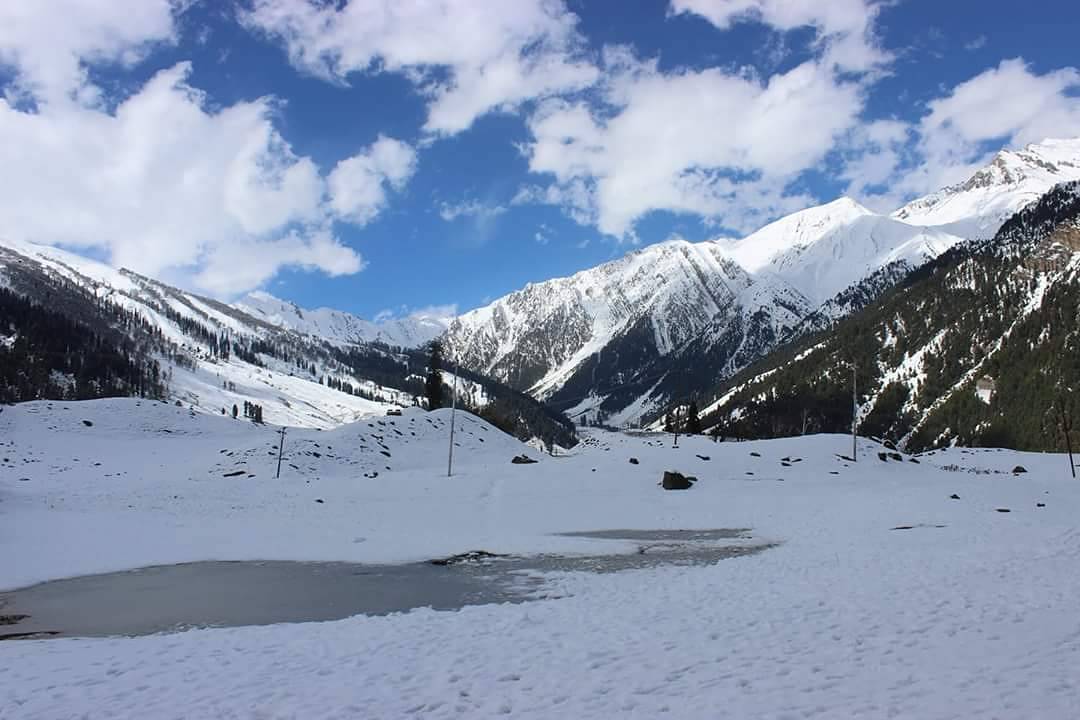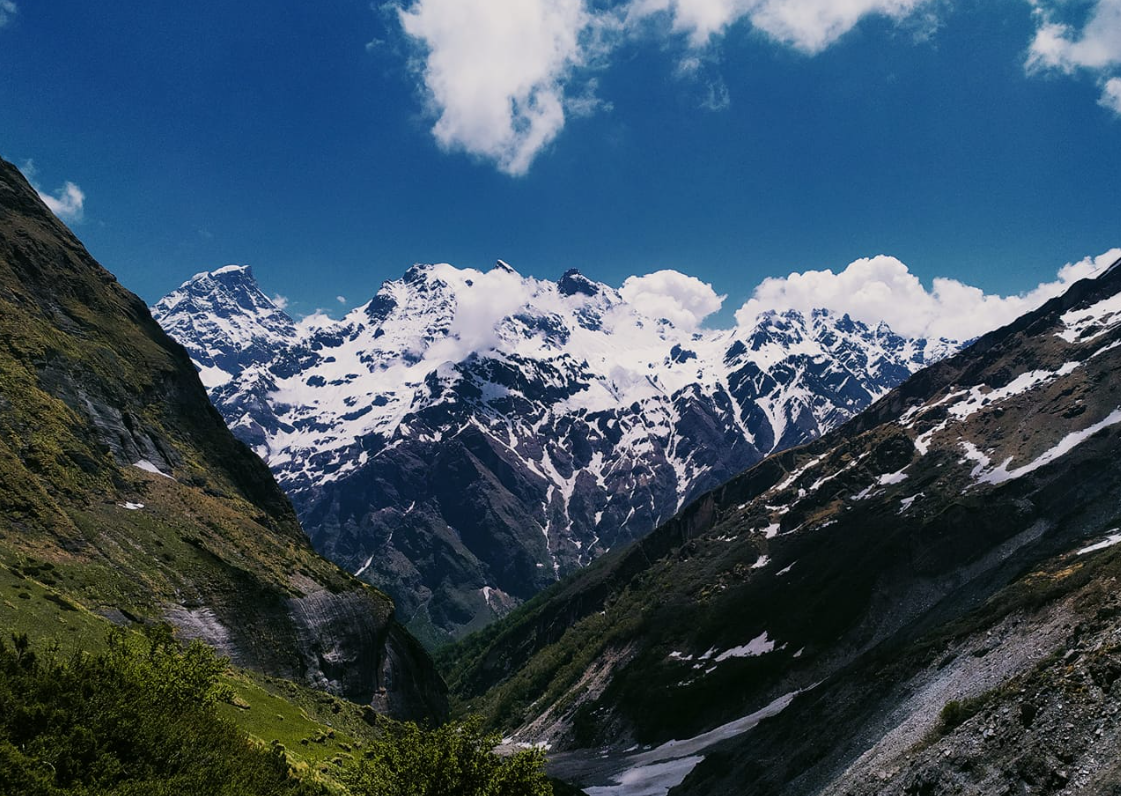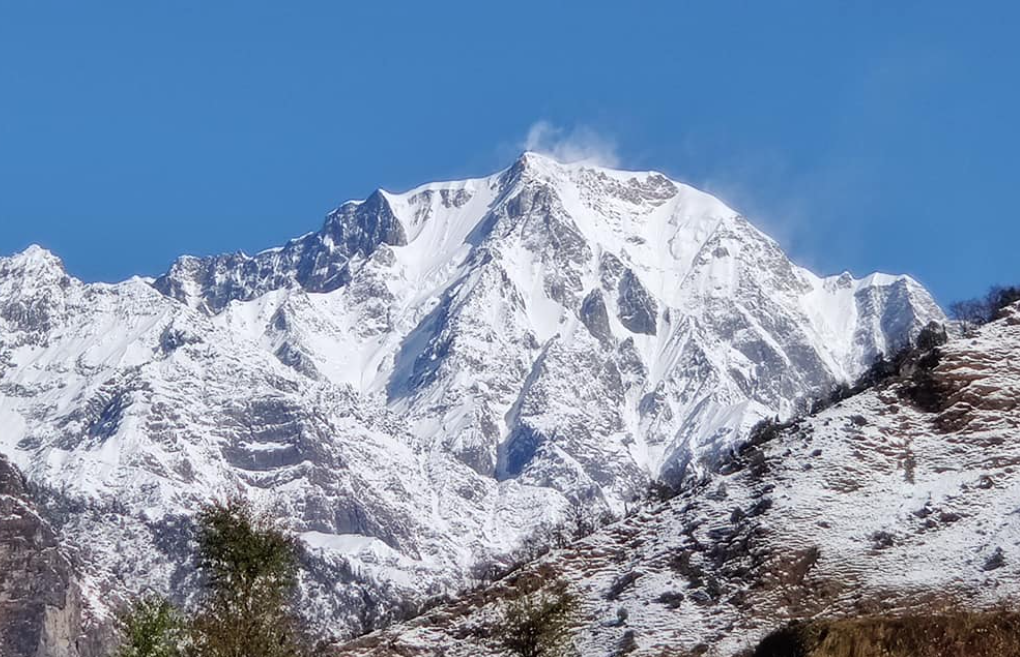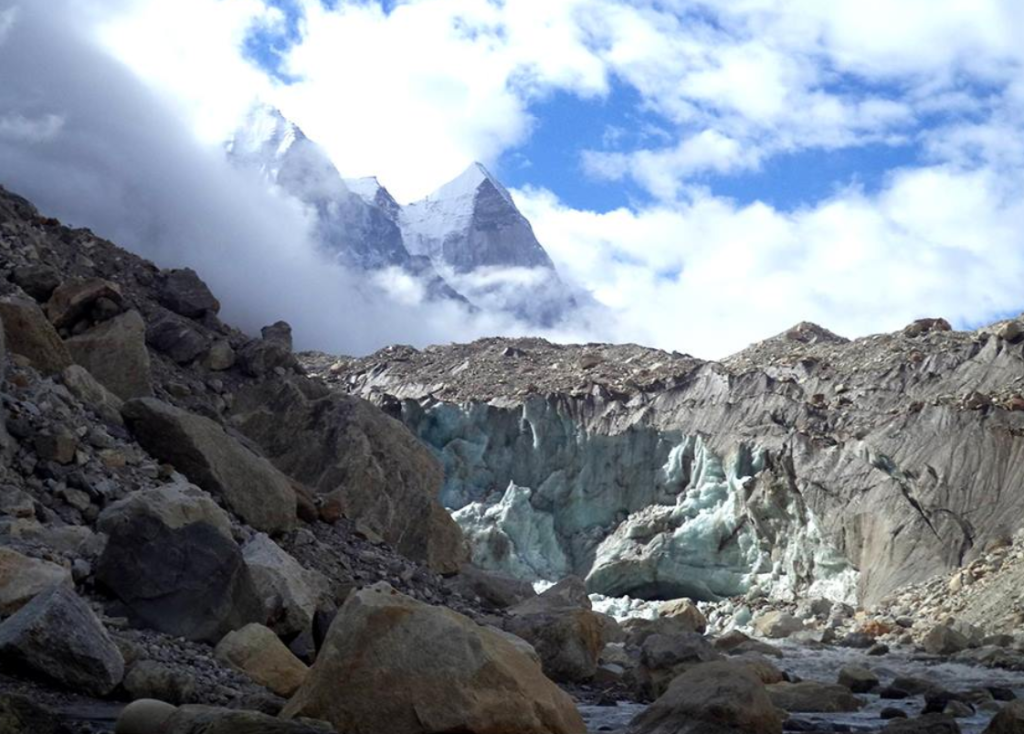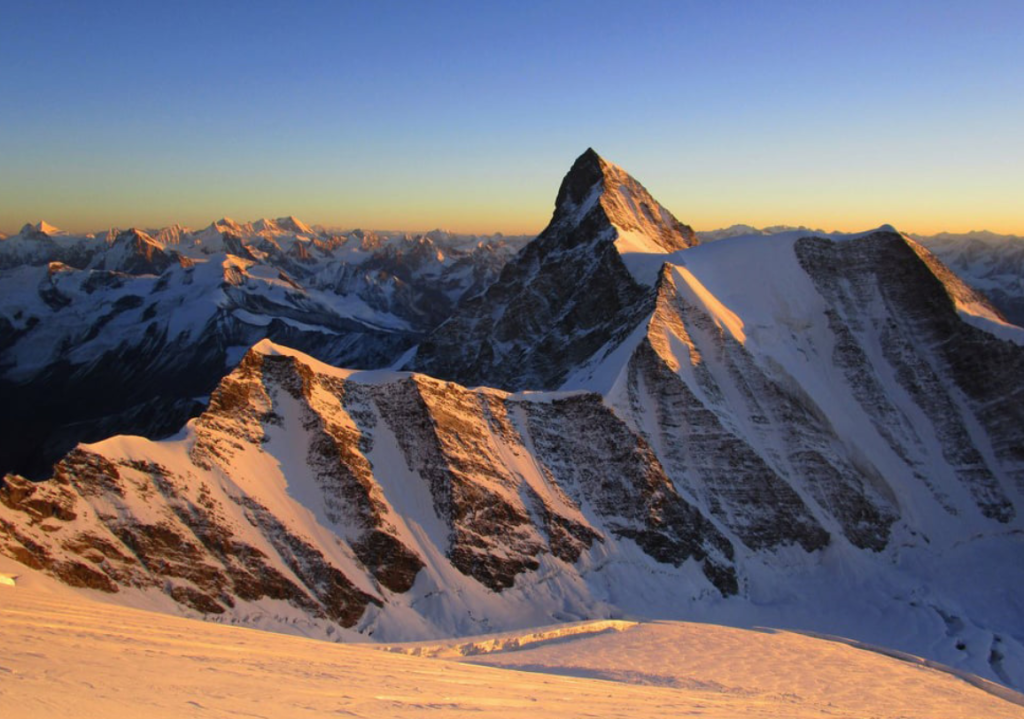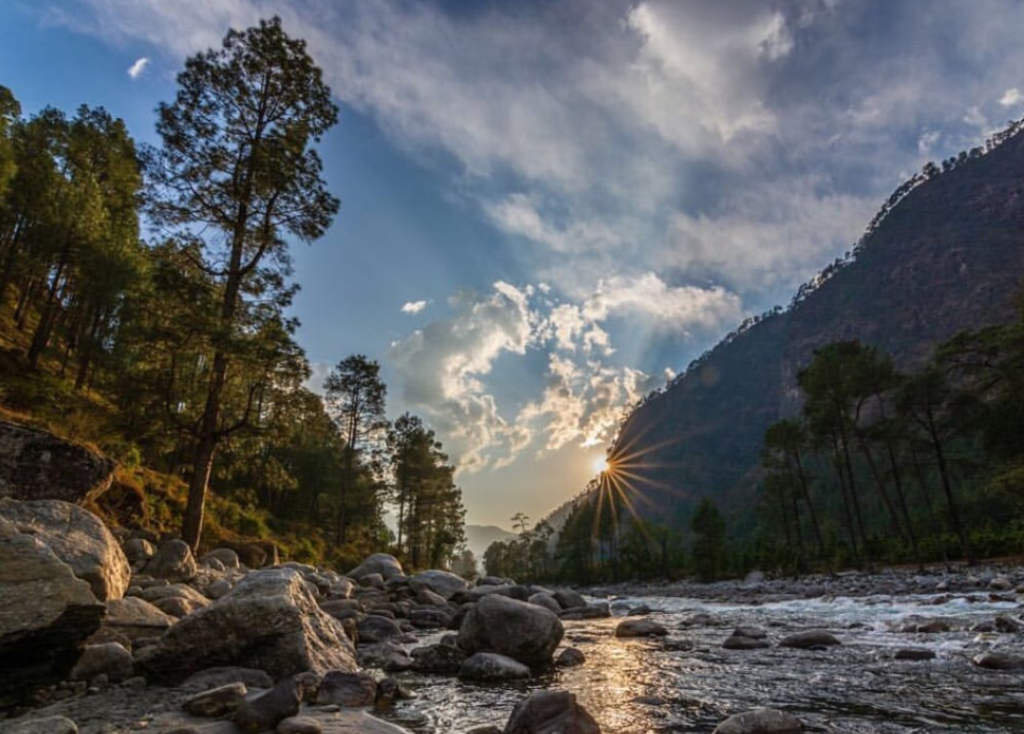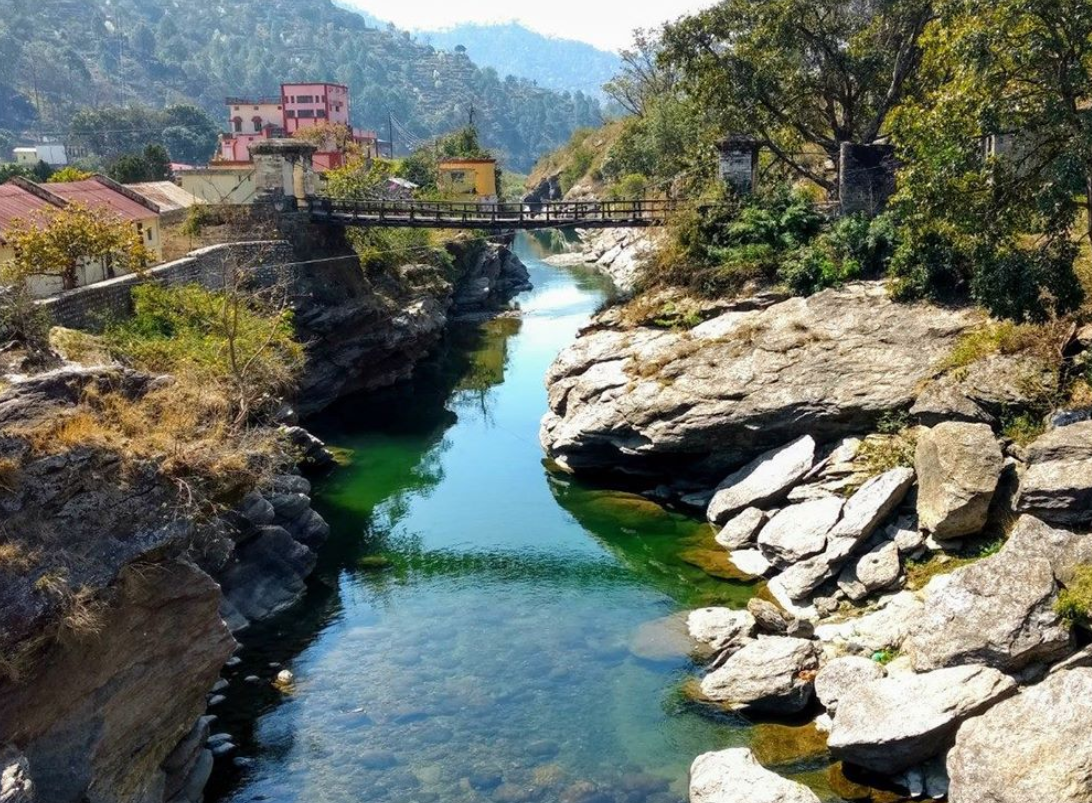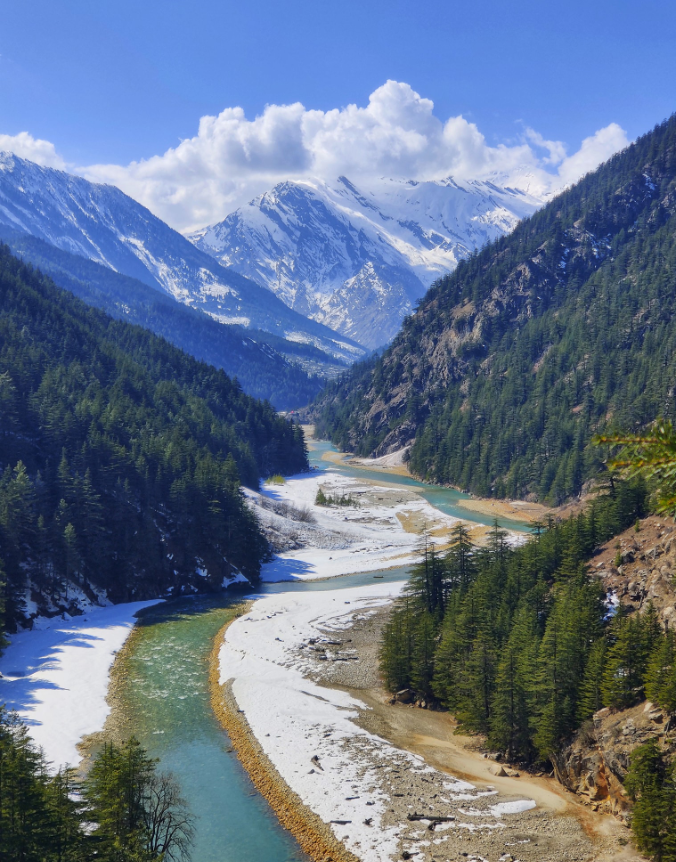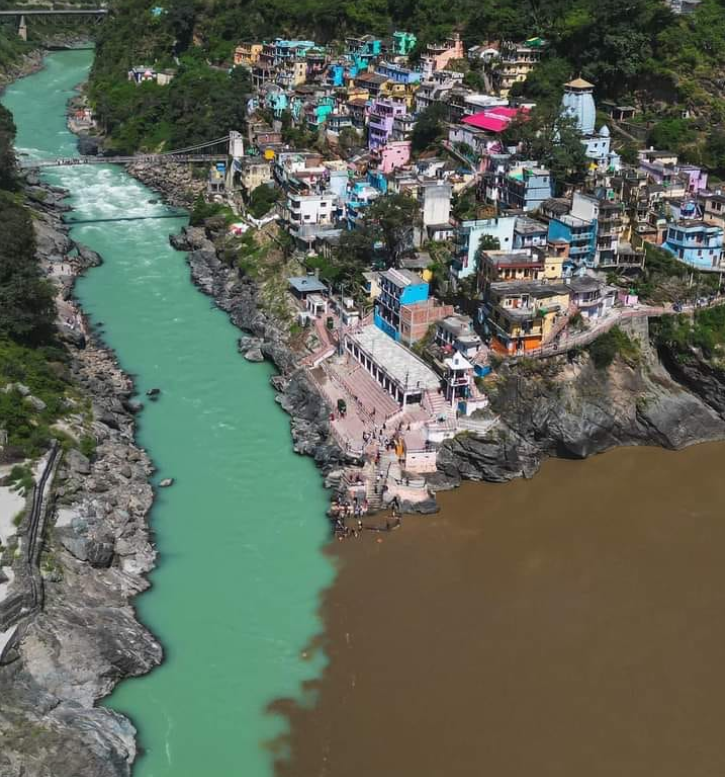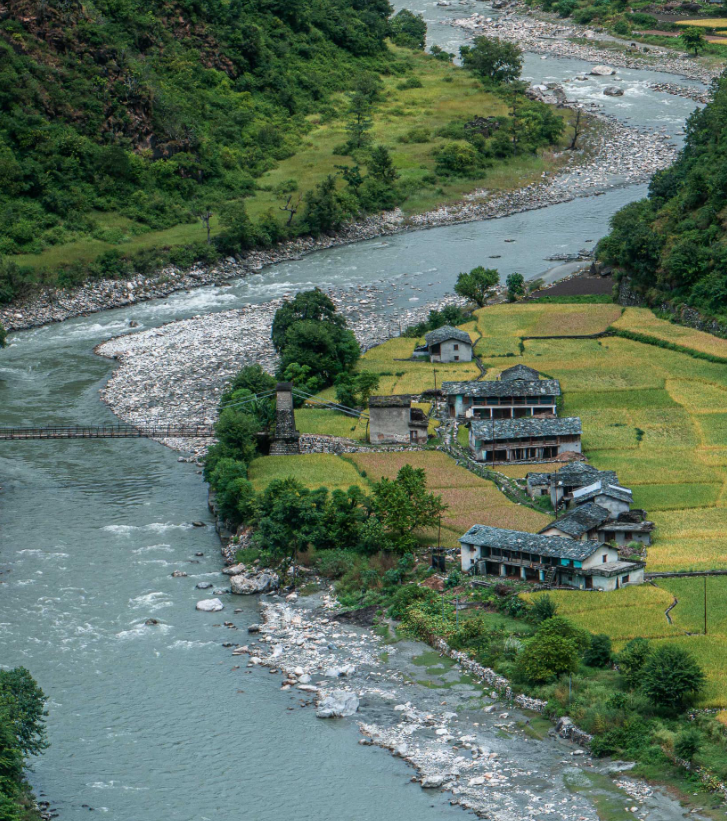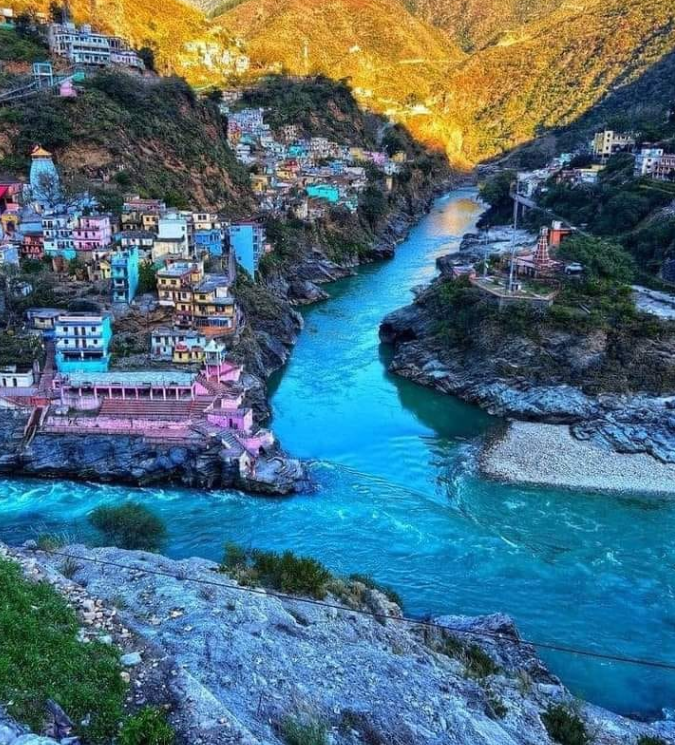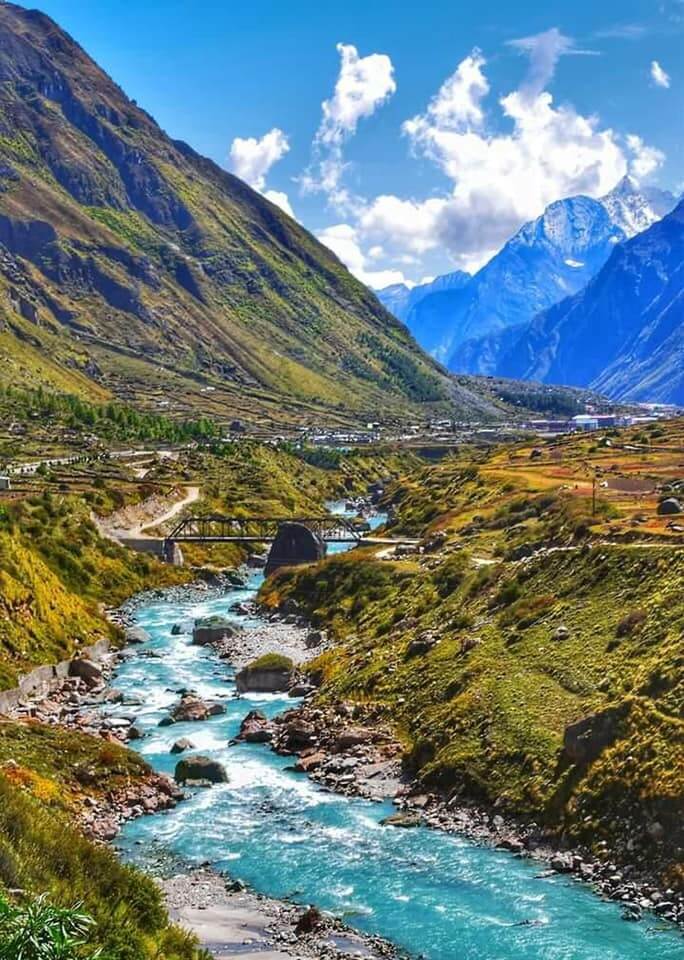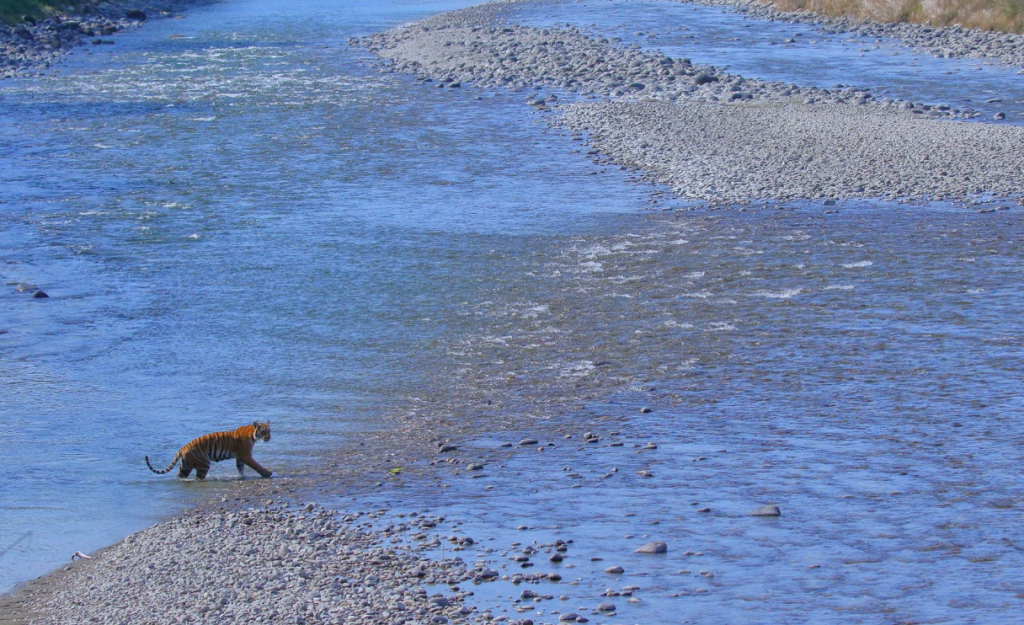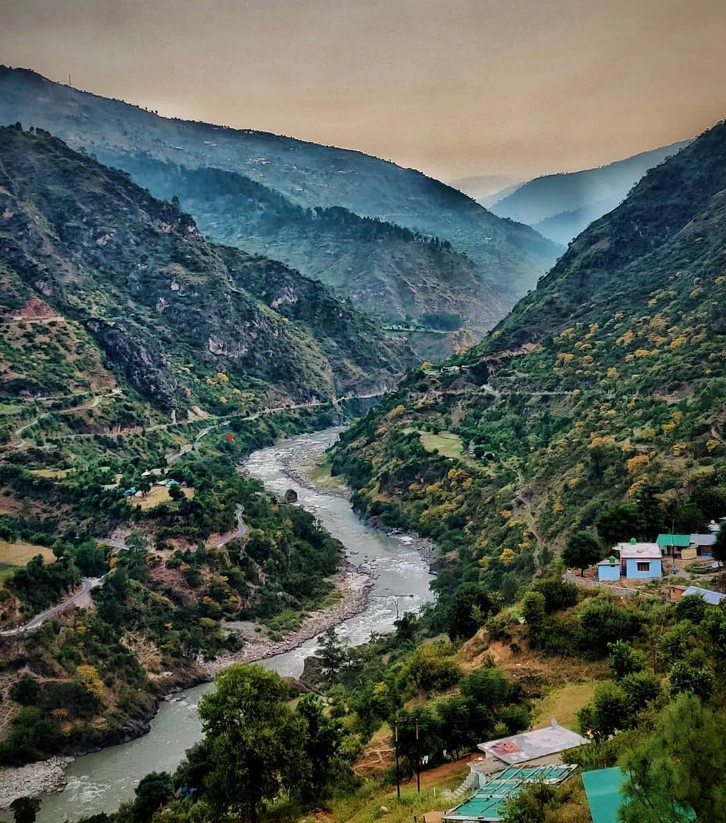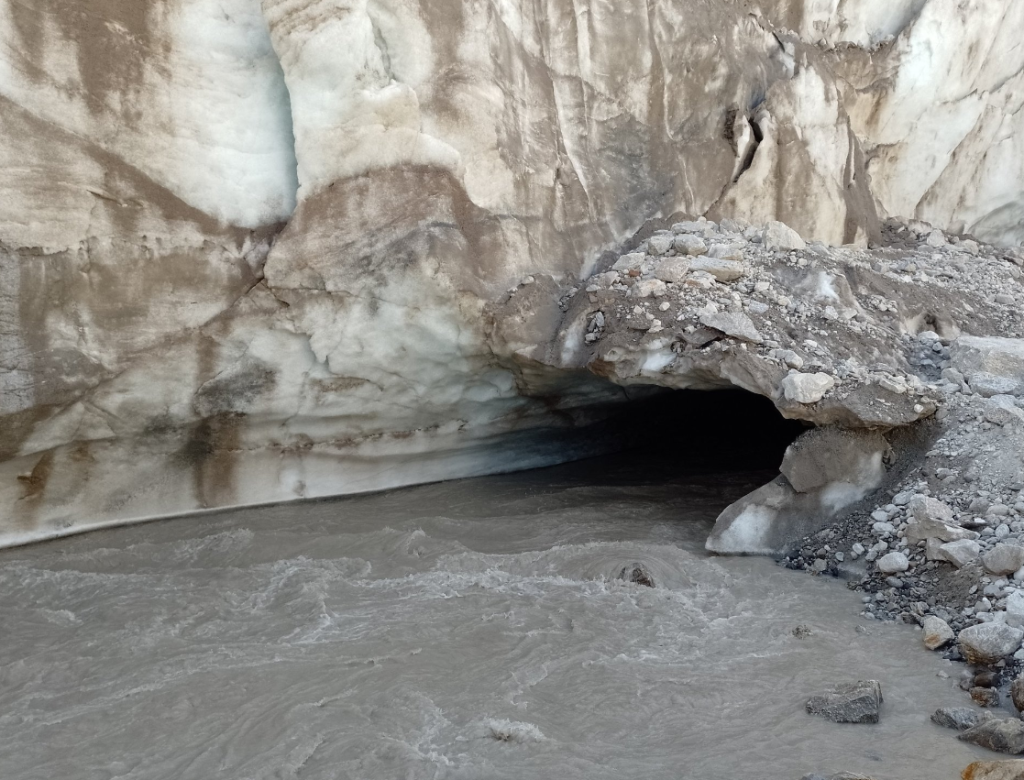The Kafni Glacier is located in the Kumaon Himalayas in the state of Uttarakhand, India. It is one of the major glaciers in the region and a significant source of the Kafni River, a tributary of the Pindar River. The glacier is situated in the upper reaches of the Kumaon Himalayas, near the Nanda Devi National Park.
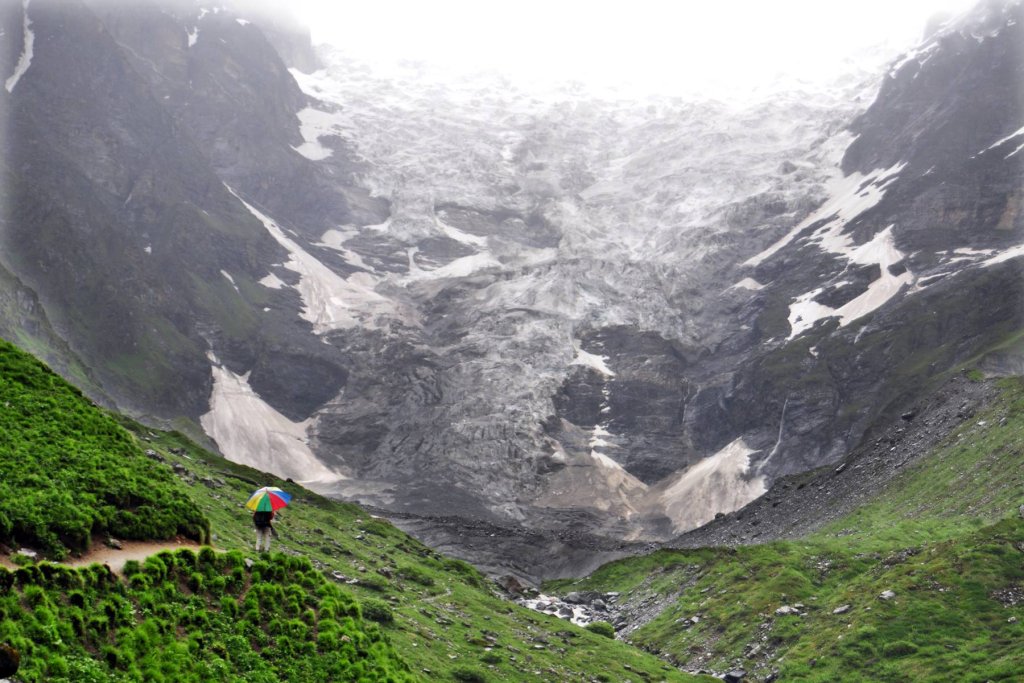
Trekking to the Kafni Glacier is a popular activity for adventure enthusiasts and nature lovers. The trek offers stunning views of snow-capped peaks, lush green valleys, and pristine alpine meadows. The route to the glacier passes through picturesque villages, dense forests, and high-altitude landscapes, providing an unforgettable experience for trekkers.
The Kafni Glacier trek usually starts from the village of Loharkhet and takes around 5-7 days to complete round trip, depending on the pace and route taken. Trekkers usually camp at various scenic spots along the way, soaking in the beauty of the Himalayan landscape.
Glacier In Uttarakhand
How To Reach Sankri
Sankri is a picturesque village located in the Uttarkashi district of the Indian state of Uttarakhand. It serves as a…
Phulara Ridge Trek FAQs
1. What is the Phulara Ridge Trek? The Phulara Ridge Trek is a beautiful trek in Uttarakhand, India, known for its…

Ralam Valley Trek FAQs
1. What is the Ralam Valley Trek? The Ralam Valley Trek is a scenic trek in Uttarakhand, India, known for its…

Milam Glacier Trek FAQs
1. What is the Milam Glacier Trek? The Milam Glacier Trek is a stunning trek in Uttarakhand, India, leading to the…
Khatling Glacier Trek FAQs
1. What is Khatling Glacier Trek? Khatling Glacier Trek is an adventurous trek in Uttarakhand, India, leading to the stunning Khatling…
Dodital Trek FAQs
1. What is Dodital Trek? Dodital Trek is a scenic trek in Uttarkhand, India, leading to Dodital Lake, known for its…

Chandrashila Trek FAQs
1. What is Chandrashila Trek? Chandrashila Trek is a popular trek in the Indian Himalayas, leading to the summit of Chandrashila…

